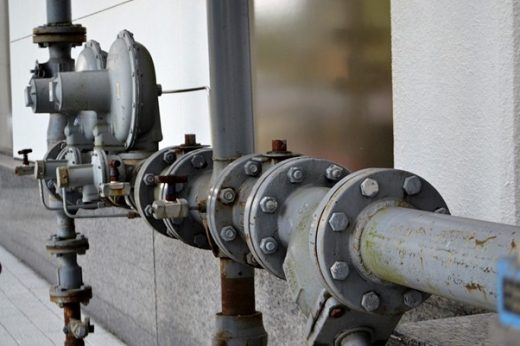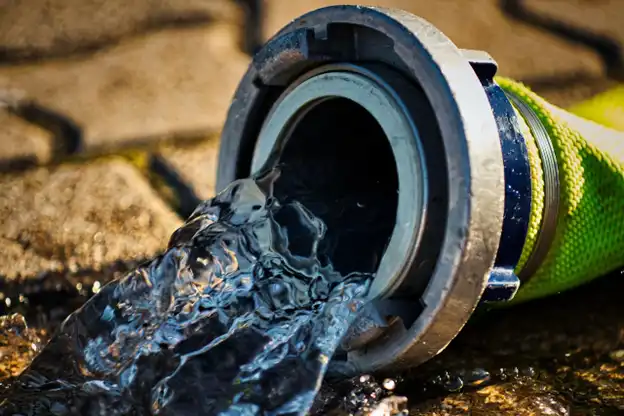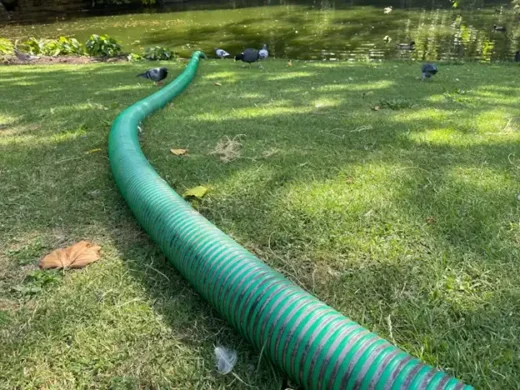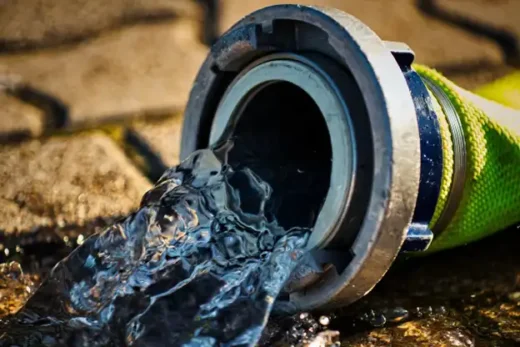Dredge hoses common issues and repairs guide, Property hose maintenance strategies advice
Common Issues and Repairs for Dredge Hoses
11 July 2025
Efficient dredging operations are highly dependent on the condition and performance of dredge hoses. These hoses are subjected to a variety of stresses and possibly corrosive materials, leading to wear and tear. Understanding common issues and the available repair methods can enhance both the lifespan of the hoses and the effectiveness of dredging systems. The right maintenance strategies ensure continued performance and reduce downtime and repair costs. This article dives into some prevalent problems encountered with dredge hoses and the corresponding repair solutions to consider.
Wear and Abrasion
Dredge hoses experience significant wear, primarily due to the abrasive materials they transport. Sand, gravel, and silt can wear down the hose material, leading to leaks or ruptures. The areas most prone to wear are typically situated at the hose’s bends and entry or exit points, where friction is most pronounced. Monitoring hose condition regularly will help in identifying abrasions early.
A proactive replacement of worn hoses is crucial to avert failures during operation. For repairs, specialized materials designed to patch or reinforce the affected sections can be applied. These materials offer a suitable adhesive bond that maintains the hose’s integrity. The challenges presented by wear and abrasion in dredge hoses can be mitigated by selecting hoses made from durable, abrasion-resistant materials from the outset.
Leakage Problems
Leakage is another common issue that can plague dredge hoses, resulting in the loss of materials being transported. Often caused by wear, improper installation, or impact damage, leaks can severely affect a dredging operation’s efficiency. Identifying the source of leaks rapidly is vital for minimizing potential production losses. Plastic resin or rubber-based sealants can be used to seal minor leaks temporarily.
In more severe cases, professionals may recommend replacing segments of the hose. Understanding the potential for leakage enables operators to take measures in prevention by ensuring proper integration of floating dredge systems to mitigate pressure effects that lead to hose damage. Implementing routine inspections can provide the early diagnosis needed to avoid catastrophic failures.
Temperature Fluctuation Effects
Dredge hoses can be affected by temperature fluctuations as they are often subject to extreme conditions. Both hot and cold temperatures can cause materials to expand and contract, leading to compromised structural integrity. It’s important to select hoses rated for the specific environmental conditions of their operation.
If hoses are not properly rated, they may crack or become brittle, leading to unnecessary failures. Regular checks for signs of hardening or cracking can help detect issues caused by temperature changes. In some situations, heat-shrink tubing may be applied to reinforce the hose and provide additional protection against heat extremes. By anticipating temperature-related challenges, operators can select hoses accordingly and plan for necessary repairs tailored to environmental conditions.
Blockages and Clogs
While dredging, blockages are a frequent concern that can disrupt operations. Accumulation of debris within the hose can hinder material movement and lead to pressure build-up. Awareness of the materials being dredged is crucial in preventing clogs. Implementing proper flushing techniques after use can help clear out debris.
In some cases, specialized tools or augers may need to be employed to remove persistent blockages effectively. Regular maintenance practices, including inspections and cleaning routines, can prevent clogs from leading to more significant operational issues and costly repairs down the line.
Connection Failures
The connections and fittings used in dredge hoses must maintain their integrity to ensure seamless operation. Issues such as loosening, corrosion, and misalignment can cause significant problems during use. Inspecting fittings regularly can help detect connections that require tightening or replacement before they become problematic.
Utilizing high-quality fitting materials designed to withstand the rigors of dredging can help prevent connection failures. Implementing additional securing methods like clamps or straps can provide increased reliability and performance longevity. Addressing connection failures promptly can reduce operational hiccups and extend the hose’s life.
Chemical Degradation
Dredging operations often involve exposing hoses to various chemicals, which can lead to degradation. Contaminants like fuel, oils, or acidic materials can wear the hose material down and lead to hazardous situations if not handled correctly. Using hoses constructed with chemical-resistant materials is essential for minimizing degradation risks. Constant monitoring for signs of chemical exposure, such as discoloration, cracking, or odor, can help in the early detection of issues.
Promptly replacing hoses damaged by chemical interactions will ensure ongoing safe and effective operations. This vigilance is particularly important in environments where pollutants or hazardous materials may be present.
The importance of routine maintenance can’t be overstated, as it extends equipment lifespan and efficiency. Addressing problems early ensures seamless operation and saves costs related to replacements and repairs.
Comments on this guide to Dredge hoses common issues and repairs advice article are welcome.
Building Drainage
Drainage and Plumbing Posts
Planning to install a new septic system

Why it is important to clean blocked drains
Ultimate Drainage Infrastructure Guide
Home Articles
Residential Architecture
Comments / photos for the Dredge hoses common issues and repairsadvice page welcome.







